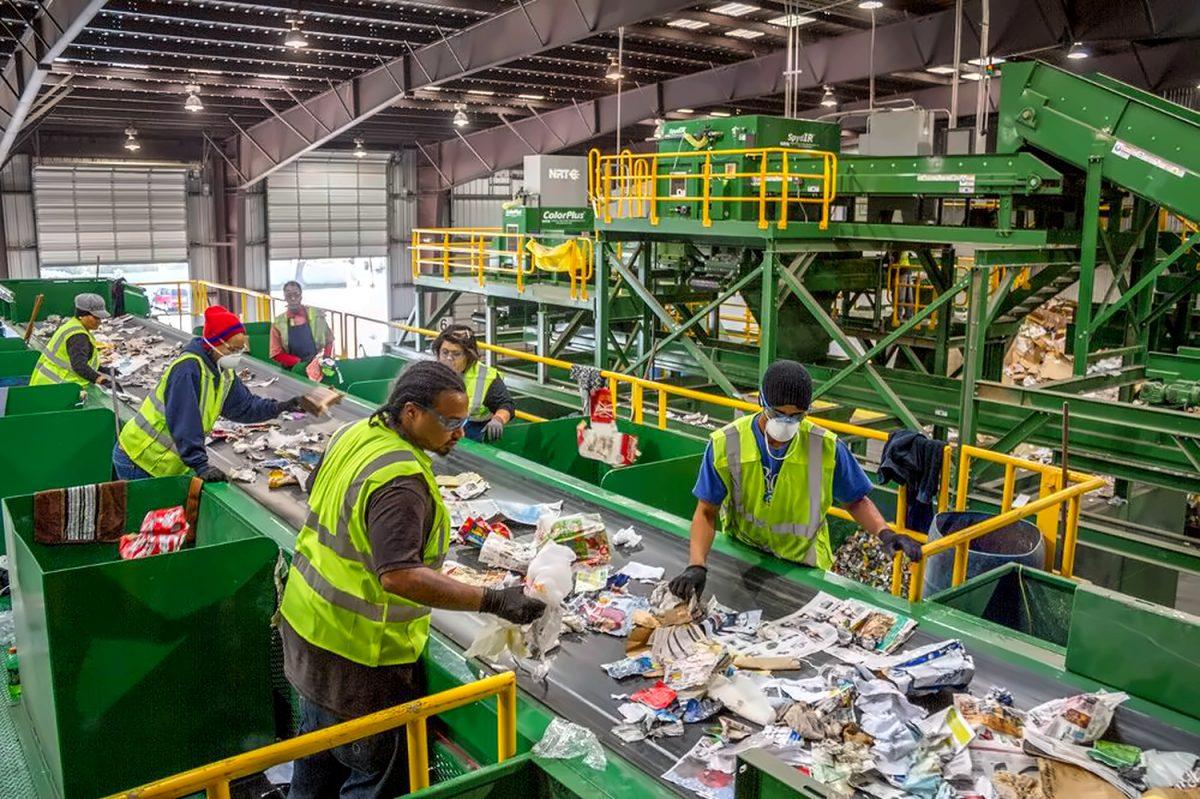Drilling Waste Management: A Growing Environmental Concern

As drilling operations continue to grow across the world, proper management of drilling wastes has become an increasingly important environmental issue. Drilling operations produce large amounts of waste in the form of drill cuttings, spent drilling fluids, and other materials. If not handled properly, these wastes can cause soil, water and air pollution that negatively impact both the environment and public health.
Types of Drilling Wastes
Drilling operations produce two main types of wastes - drill cuttings and drilling fluids.
Drill Cuttings
Drill cuttings refer to the rock chips and formation particles generated when a borehole is drilled deep into the earth. They range in size from large rock fragments to fine powder or clay-sized particles. The volume of drill cuttings produced depends on factors like drill bit type, rock composition and depth of the well. On average, about 1 pound of drill cuttings are generated per foot of drilling.
Drilling Fluids
Drilling fluids, also known as drilling muds, serve several important functions while drilling including lubrication of drill bit, controlling well pressure and bringing cuttings back to the surface. When drilling fluids become contaminated with cuttings or lose their properties, they need to be replaced and become waste. On an average oil/gas well, approximately 150-300 barrels of spent drilling fluids are produced per day of drilling operations.
Regulatory Framework
Governments across regions have established stringent regulations around management and disposal of drilling wastes to protect the environment. In the United States, the EPA regulates drilling wastes as non-hazardous or “special” wastes under the Resource Conservation and Recovery Act (RCRA). Companies are required to develop waste management plans, follow land disposal restrictions and conduct waste characterization tests. The EU also has extensive directives covering waste handling, storage and tracking from ‘cradle to grave’. Stricter rules have driven adoption of “best practices” globally.
Treatment and Disposal Methods
There are a variety of treatment and final disposal methods adopted for drilling wastes:
Onshore Disposal
Traditional options for non-hazardous drill cuttings include landfilling or burial. However, concerns around leaching of drill fluid chemicals has limited land-based disposal in many locations. Thermal desorption, biological treatment or secure landfills are now commonly used.
Offshore Disposal
At sea disposal of cuttings and water-based drilling muds is permitted in certain regions like the Gulf of Mexico, if they meet strict toxicity standards. Cuttings are discharged directly overboard or stored onboard and discharged later. However, environmental impact uncertainties have led to phasing out of offshore discharge in many areas.
Cuttings Re-Injection
Re-injecting treated Drilling Waste Management cuttings back into the borehole it was drilled from is a zero discharge option which completely contains wastes. However, not all geological formations are suitable and adequate testing is required to avoid formation damage.
Drilling Fluid Recycling
Advanced solids control equipment help recycle and recondition oil-based and synthetic-based drilling fluids by removing cuttings and restoring critical properties. Fluid recycling minimizes new fluid volumes and associated waste generation and costs. Recycled fluids are subsequently disposed safely.
Regulatory and Processing Challenges
Despite progress, some challenges remain around global harmonization of standards, long-term liabilities of landfills and developing technologies suitable for all drilling regions and conditions. High upfront capital costs also impact adoption of advanced processing options in certain areas. Further innovation and investment in solutions like closed-loop solids separation and customized treatment methods for unique wastes will be crucial to achieve sustainable management goals
With the projected growth in drilling activity worldwide, effective waste management will be an ongoing priority. Continued research coupled with stringent yet practical regulations that encourage new technologies present the best path forward. Protecting the environment from short and long term impacts of drilling operations requires diligent handling and disposal of wastes throughout their lifecycle. With a collaborative approach between operators, technologists and regulators, safer solutions can be developed and implemented globally.
Get more insights on this topic: https://www.newsanalyticspro.com/drilling-waste-management-a-growing-concern-for-the-oil-and-gas-industry/
Explore more information on this topic, Please visit: https://captionssky.com/mineral-wool-a-new-rise-in-building-and-construction-industry/
- Art
- Causes
- Crafts
- Dance
- Drinks
- Film
- Fitness
- Food
- Games
- Gardening
- Health
- Home
- Literature
- Music
- Networking
- Other
- Party
- Religion
- Shopping
- Sports
- Theater
- Wellness
- IT, Cloud, Software and Technology


